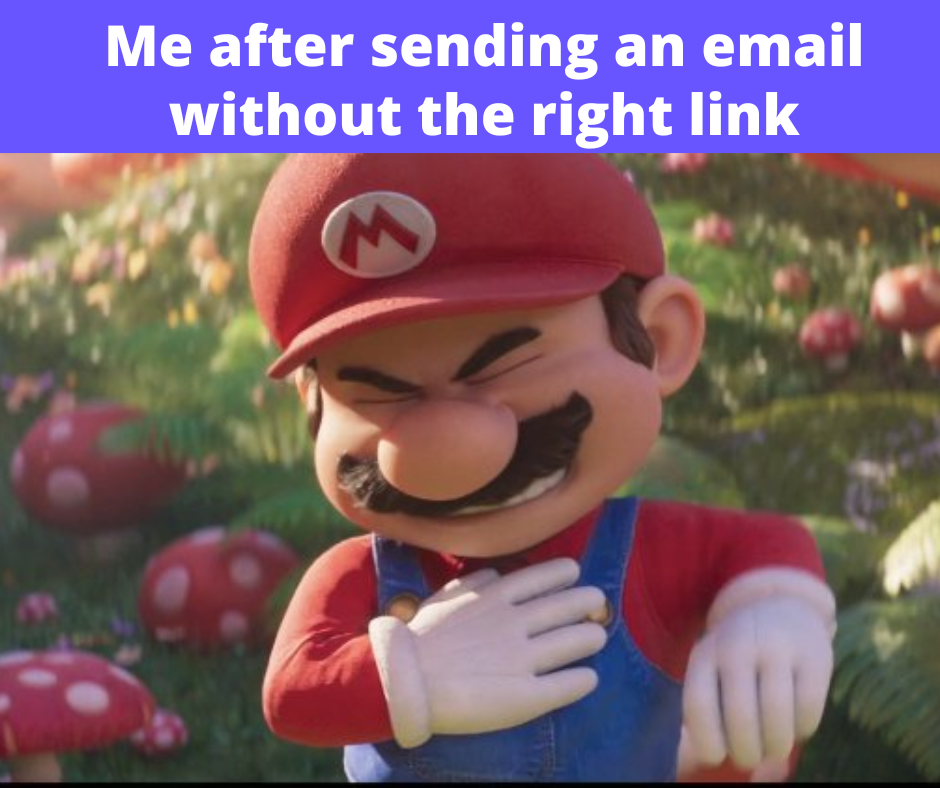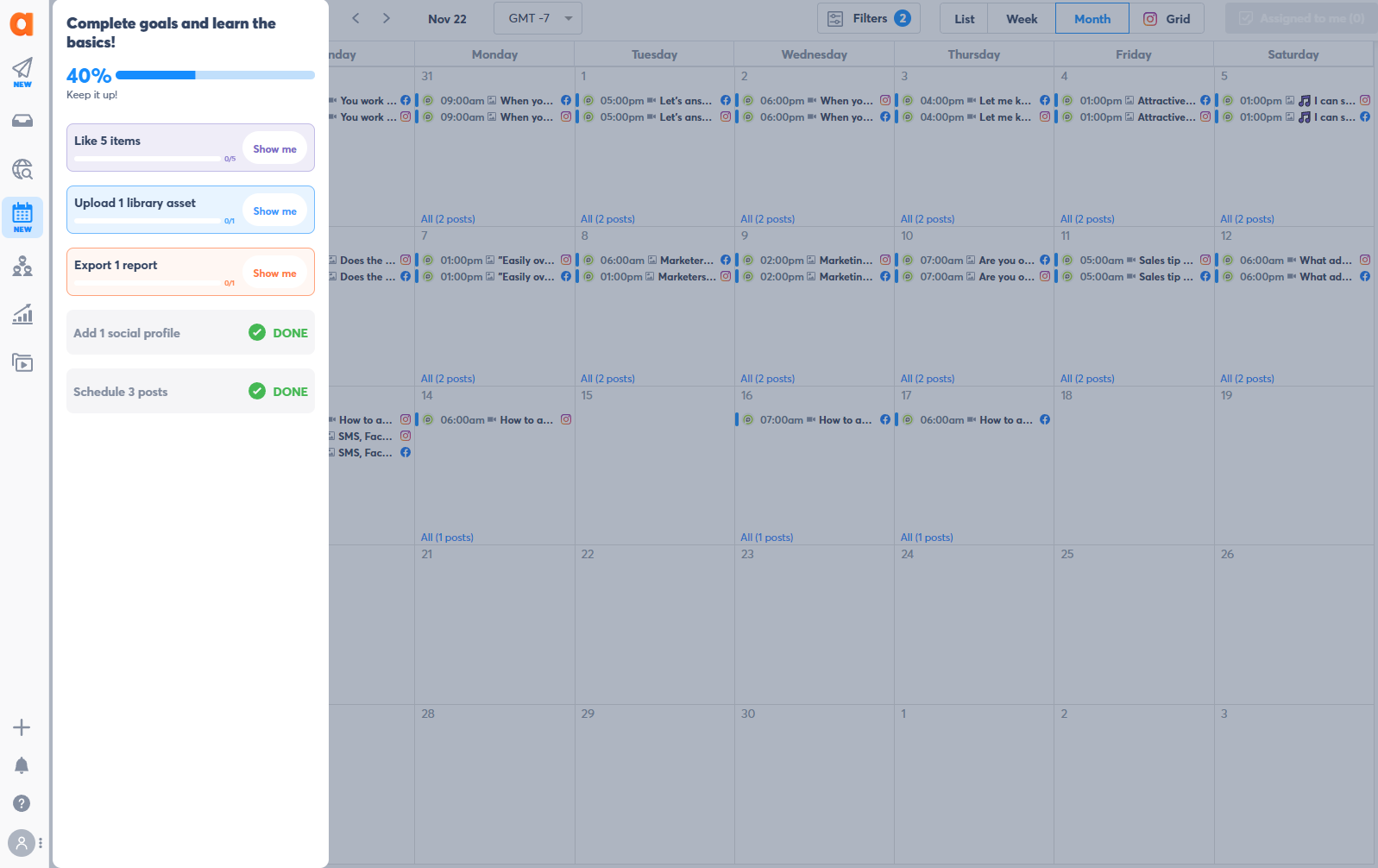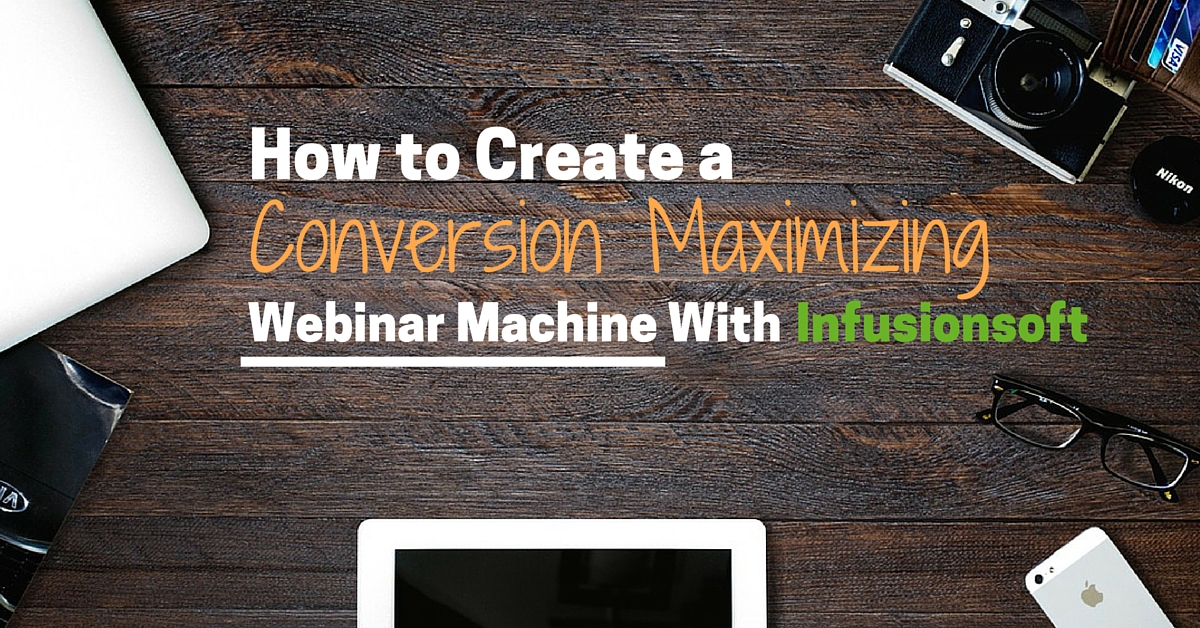If you missed part one, you can go back and catch up here.
So you’ve decided to start creating more content and posting to your social pages more consistently, but you also don’t have time, wear too many hats, and need to focus on growing your business.
I ignored social as a small business because I didn’t have a good way to juggle content creation with lead gen, advertising, funnel building, and everything else I had on my plate.
I always knew social media was an underutilized piece of small business marketing, but I justified it because for so long, social content would go ignored unless you already had a big following.
But that’s starting to change thanks to what Gary Vee calls the “Tik Tokification” of marketing.
Basically thanks to TikTok’s success of showing content based on interests over relationships, Facebook and Instagram are also shifting to show more content from people who don’t have massive followings as long as that content is resonating and relevant to their users’ interests.
The challenge was figuring out how to make it manageable for someone who wears as many hats as we do.
For this to succeed, I’d need…
- A way to organize my content and schedule out my posts in bulk
- A methodology to follow for what type of content I should create so I wouldn’t get stuck trying to come up with ideas
Thanks to a course from Frank Kern and a little digging myself, here’s what’s helped me get a month ahead on daily posts and the framework I’m using to achieve this.
The framework
I think one of the rules you need to understand when it comes to social is that you don’t need to overthink social.
The whole idea for social content is to post often and consistently. Not to make every post you publish a masterpiece.
So having a framework to guide you on what types of posts to make will take a lot of the writer’s block and idea fog away.
I personally appreciate the framework Frank Kern teaches his small business clients. He subscribes to posting three types of content daily (we don’t post that often yet, but I can see how you can get there as you get more used to this).

1. Connection Posts: People are on social media to feel like they belong to something. You follow your favorite hobbies, entertainment, authors, businesses, and friends.
Smart business owners know people buy from people they like and trust. So connection posts are simple posts that just show you are relatable to your customers. These can be memes related to your niche, inspiring quotes, motivation, funny stories on your subject area, etc.
You’re not asking for a sale, just showing you are someone your customers and leads would feel comfortable hanging around. When your audience sees your social profiles they’ll nod their heads in agreement with what you’re saying, they’ll share a laugh with you, and they’ll think “hey I like these people.”
2. How To Posts: The second post type is how you show value to your audience.
Keep these short. 1 minute videos are great for this. A common example could be answering a question you get asked frequently, responding to a question in a Facebook group, or a simple hack your business can offer people.

3. Offer Posts: These are regularly sprinkled offers for your lead magnets, trainings, or products. You don’t have to be scummy, just start with something like…”if you want [problem fixed] I created [lead magnet] to help, let me know if you’d like it.” Engagement is great so asking people to comment to request something or give a like is always helpful to get more of your content seen.
A couple bonus tips
Besides the framework, there were a couple of other things that were recommended.
- Include the link to your offer in the posts when you can.
- The more you share your offer the more you will sell. Nobody reads every email you send or looks at every post you publish, so don’t feel like you can’t make your offers daily if you want to.
- Ask for engagement in every post. In addition to having the URL directly in the image, ask people to “let you know” if they’d like “your pdf/call/training/etc”.
- Turn your most engaging content into ads. Your content doesn’t have to go viral for you to get some insights into what your customers want. Having a constant stream of short-form content can clue you into what will make sense to turn into longer-form trainings, products, or services.
What we use to schedule our posts

Knowing what to create for content and posts is just half the battle. The other half is making it easy to set aside the time to create your posts for the next week, month, or quarter.
Once I had the right tool for this job, the content became much easier to make.
We’re currently scheduled out for the next four weeks and it took about a day of work to do it all.
I looked at Hootsuite, Sprout Social, and AgoraPulse. And we settled on AgoraPulse. If you have to do content and social as part of many other tasks, I don’t see how you can sustain it without a tool like this.
If you want to follow our journey, feel free to like our Facebook and Instagram pages here.
As we get warmed up, our next steps will be to create more short-form video content to add to our channels.



